“Innovation distinguishes between a leader and a follower.” – Steve Jobs. Apple, once the undisputed leader in tech innovation, now finds itself playing catch-up in the AI race. Delayed Siri upgrades and internal leadership challenges are threatening the company’s reputation for cutting-edge technology.
Introduction
Apple, once celebrated for groundbreaking innovations, now faces growing challenges in the AI race. From delayed Siri features to internal management conflicts, the company struggles to keep pace with competitors. This article explores the root causes of Apple’s AI setbacks, their impact on users, and potential solutions.

1. Technical Challenges in Developing the New Siri
1.1 Unclear AI Strategy and Frequent Model Shifts
Apple’s AI team has struggled with inconsistent technical roadmaps. Initially, they planned two language models: “Mini Mouse” (local on-device processing) and “Mighty Mouse” (cloud-based). However, the team later abandoned this approach, opting for a single cloud model. These abrupt shifts left engineers confused and demoralized, contributing to project delays.
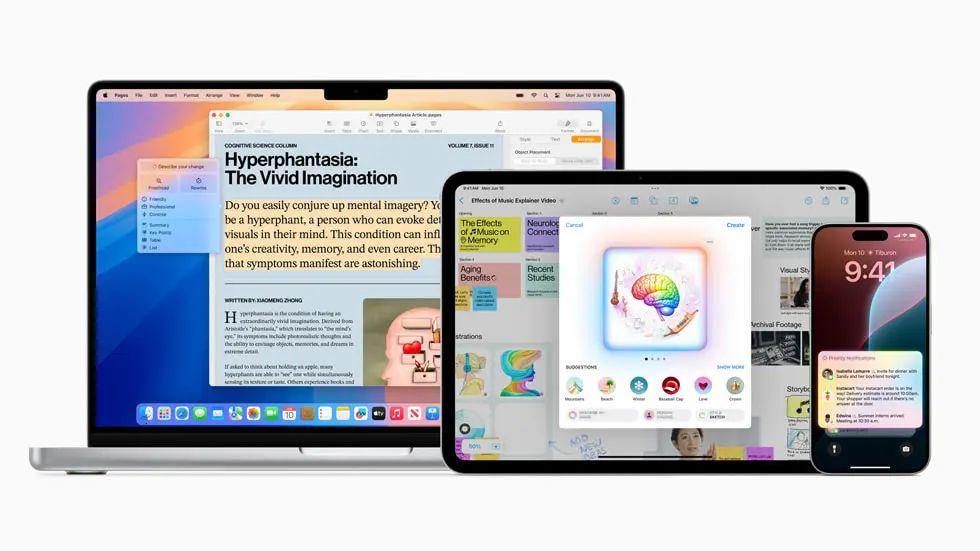
1.2 Development Bottlenecks
Key Siri features, such as emotion-aware responses and Vision Pro integration, faced technical hurdles. For example, the “Link” project for Vision Pro voice controls was scrapped due to poor performance. Testing revealed that Siri failed to respond accurately to nearly one-third of user requests, forcing Apple to postpone personalized features until 2026.
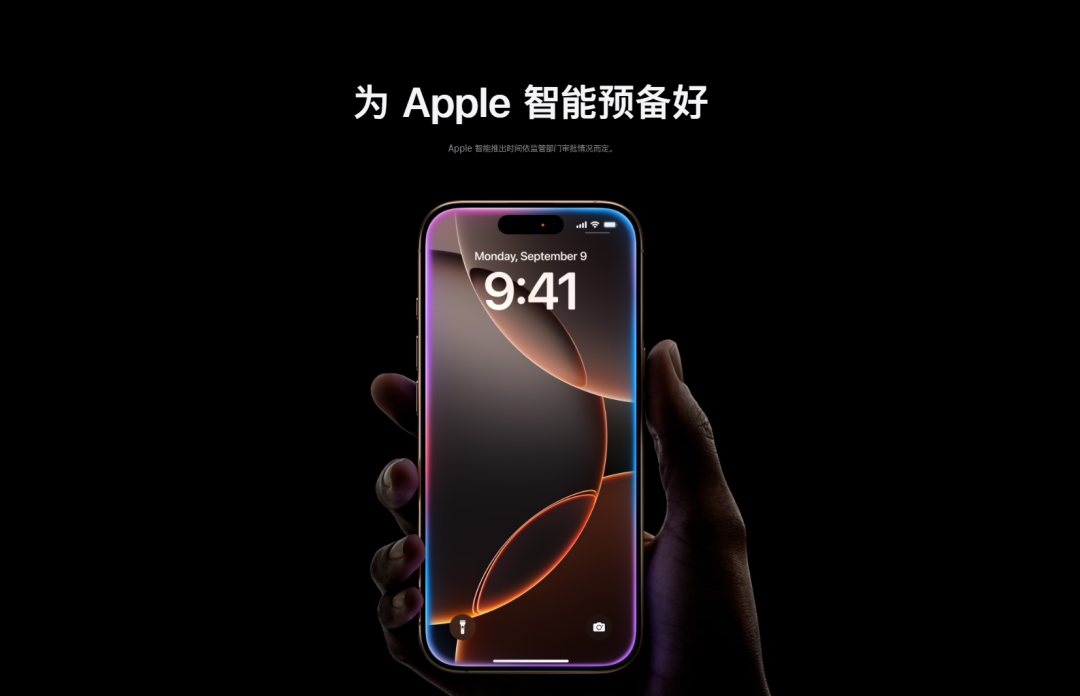
1.3 Controversial WWDC Demos
At WWDC 2024, Apple showcased impressive Siri upgrades, like reading emails to provide flight updates. However, these were pre-recorded demos—employees had never tested a functional version. The only tangible update was a colorful light animation on iPhone screens. This mismatch between marketing and reality damaged internal trust and user expectations.

2. Management Issues and Leadership Failures
2.1 Lack of Vision and Internal Conflicts
Apple’s AI/ML division, nicknamed “AIMLess” (a pun on “aimless”), reflects its directionless culture. Former employees criticized leaders for avoiding risks and prioritizing minor wins, like removing “Hey” from “Hey Siri,” over transformative AI advancements. Power struggles between Siri head Robby Walker and software VP Craig Federighi further slowed progress.
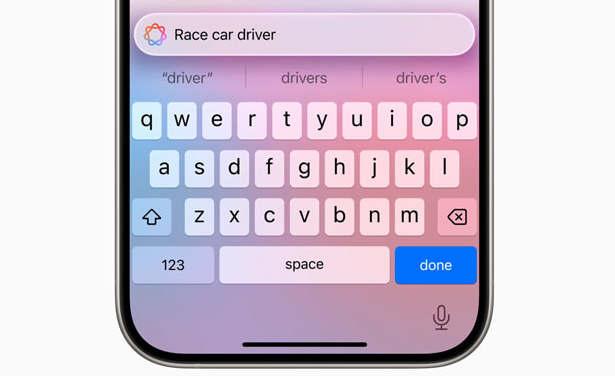
2.2 Budget Cuts and Resource Shortages
In 2023, Apple’s AI team requested doubling its GPU budget to compete with rivals like OpenAI and Google. While CEO Tim Cook initially approved, CFO Luca Maestri slashed the budget by 50%. This left Apple with outdated hardware—just 50,000 aging GPUs, far fewer than Microsoft or Google’s hundreds of thousands.

2.3 Leadership Indecisiveness
Cook’s reluctance to set clear AI goals worsened delays. Engineers lacked guidance, and projects like Apple Intelligence (AI features for iOS) faced repeated postponements. Employees urged replacing AI chief John Giannandrea, citing slow progress since his 2018 appointment.
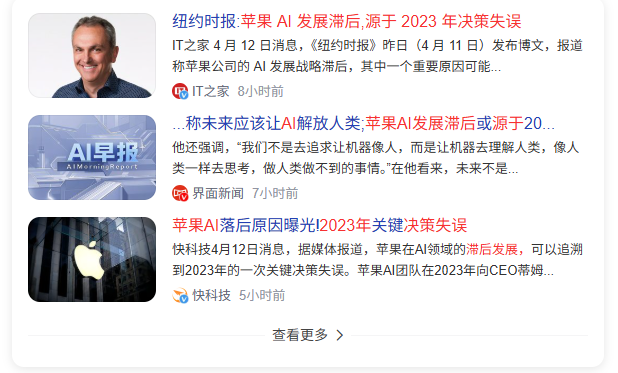
3. User Backlash and Market Pressure
3.1 Broken Promises and Legal Risks
Apple’s 2024 WWDC announcement of “revolutionary Siri features” led to lawsuits. Users in Canada and France sued Apple for false advertising after key functions missed their 2025 release window. In China, partnerships with Alibaba and Baidu stalled, leaving local users without Apple Intelligence.
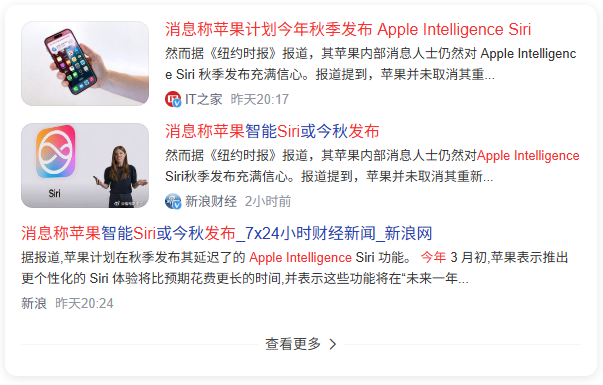
3.2 Declining Consumer Confidence
iPhone 16 sales dropped 5.8% YoY in late 2024, partly due to unmet AI expectations. Analyst Ming-Chi Kuo noted that Apple Intelligence failed to drive upgrades, especially in markets like Japan, where iPhones grew without AI features.
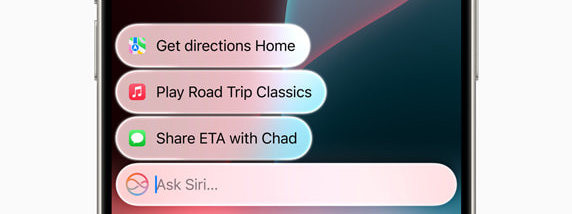
4. Apple’s Attempts to Recover
4.1 Embracing Third-Party AI Models
To accelerate progress, Apple reversed its long-standing policy by allowing engineers to integrate external LLMs (e.g., OpenAI’s ChatGPT) into Siri. This shift aims to enhance functionality while maintaining privacy via hybrid on-device and cloud processing.

4.2 Management Overhauls
Vision Pro leader Mike Rockwell now oversees Siri development, replacing Giannandrea. Federighi’s software team, known for efficient macOS updates, will prioritize “optimal AI tech,” even if it means using open-source models.
4.3 Focusing on Privacy as a Selling Point
Apple emphasizes differential privacy and synthetic data training to address security concerns. For instance, Genmoji (AI-generated emojis) anonymizes user data by mixing inputs from millions of devices.
5. What’s Next for Apple?
5.1 Upcoming Releases and Challenges
Apple plans to launch delayed Siri features in late 2025 with iOS 19. However, analysts warn that competitors like Google’s Pixel Sense (3x faster than Siri) and Chinese brands (OPPO/vivo’s 70% user retention) are widening the gap.
5.2 Long-Term Risks
If Apple fails to deliver by 2026, it risks falling 5 years behind in AI—a critical window where rivals like Amazon and Samsung are advancing rapidly. Without decisive action, Apple could lose its edge in the smart device market.
Conclusion
Apple’s AI struggles highlight the cost of indecision and internal friction. While the company still holds advantages in hardware and privacy, its delayed Siri upgrades and management missteps threaten its innovation leadership. For users, the hope lies in Apple’s upcoming reforms—but the clock is ticking.
